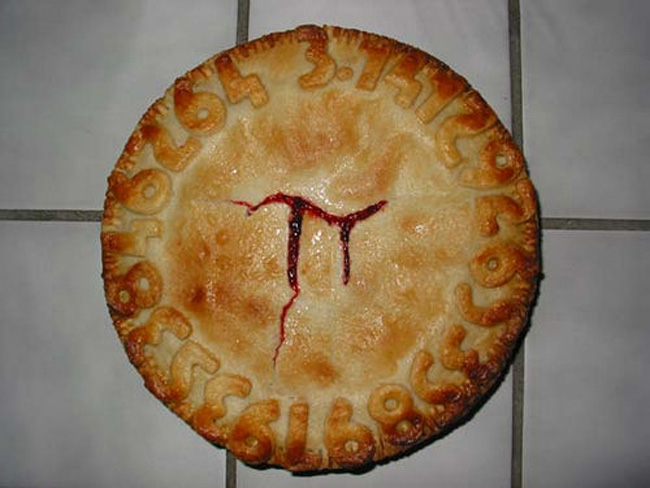Stoughton public schools installed windows in counseling room doors. The Bridgewater-Raynham district puts two adults in the room with children during after-school programs.
One Taunton tutoring business keeps its cameras on and classroom doors open when adults are helping kids with their schoolwork.
Protecting children from sexual predators in educational settings came under the spotlight recently after the arrest of a Stonehill College student on accusations that he raped an 8-year-old girl he was tutoring in her Brockton classroom.
Local educators say they work hard to prevent children in their care from being sexually molested by adults. They do criminal background checks. They train staff to detect signs of potential abuse. They limit one-to-one contact with children.
But studies show and experts say, it’s not easy protecting children from child molesters.
These predators often operate under the radar – with clean criminal records, an engaging personality and a way of frightening their victims into silence.
“Pedophiles, as a rule, are charmers who know how to ingratiate themselves to people and they seek out opportunities in youth-serving organizations because that’s where children are,” said Stoughton resident and advocate Susan Komisar Hausman.
She runs a training on child sexual abuse for the organization “Darkness to Light” and has authored a children’s book on abuse.
In fact, a 2007 Associated Press investigation showed that school districts across the country unwittingly place children in classrooms with potential sex offenders every day.
“From my own experience – this could get me in trouble – I think every single school district in the nation has at least one perpetrator. At least one,” Mary Jo McGrath, a California lawyer who has spent 30 years investigating abuse and misconduct in schools, told The Associated Press at the time.
“It doesn’t matter if it’s urban or rural or suburban,” she said.
The AP investigation found 2,570 educators nationwide whose teaching credentials had been “revoked, denied, surrendered or sanctioned” between 2001 and 2005 because of sexual misconduct accusations. At least 1,801 cases involved young victims, and more than 80 percent of those were students, reporters found.
Most disturbingly, the report revealed some school districts recycled teachers accused of abusing students, firing and hiring them quietly in the same way churches once handled priests accused of similar behavior.
“Beyond the horror of individual crimes, the larger shame is that the institutions that govern education have only sporadically addressed a problem that’s been apparent for years,” reporters wrote in the 2007 article.
Schools beef up training
Some local school districts say they are implementing strict policies and training staff to protect students.
“A lot of adults don’t necessarily know how to identify some of the signs that might indicate that a child has been abused,” said Stoughton Superintendent Marguerite Rizzi.
So, Rizzi said, Stoughton has hosted training on sexual abuse for counselors, nurses and some teachers.
“I wanted to heighten their awareness, so that if they saw certain behavior, or kids said certain things to them, they would feel more prepared to respond,” said Rizzi.
Bridgewater-Raynham and Brockton also do some training on the issue, according to officials there.
“Awareness is the best way we can start to help children,” said Donna Paolini, director of administration, curriculum and grants for Bridgewater-Raynham schools.
But beyond awareness, schools also need strict policies to protect children, according to Hausman.
“They key is, once you hire people, you have to always have in place policies that make abuse less likely, no matter who they are,” she said.
Bridgewater-Raynham, which hires 15 college students for after-school and before-school programs, requires two adults to be in the room at all times, said Superintendent Jacqueline Forbes.
At Learning Magic in Taunton, a private tutoring service, protections include cameras and classroom doors that are always left open, said owner and founder MaryEllen Yeo. Tutors sit across the table from students, not next to them, and everyone is carefully watched.
“There’s always supervision here, constant supervision,” said Yeo. “There’s always at least one staff person who’s not tutoring walking around, checking everything.”
Supervision can also protect staff who fear false accusations of abuse. In Stoughton, for example, guidance counselors came up with a way to monitor private meetings.
“We retrofitted the guidance suite with glass panes in the doors so that they could have a private conversation and still be protected from the possibility of any accusations,” said Rizzi.
The move resulted from training by Hausman on the topic of abuse, Rizzi noted.
brockton makes changes
In Brockton, Stonehill College student and math tutor Kevin Treseler, 21, was arrested in late March and charged with raping an 8-year-old girl in a city classroom.
Superintendent Matthew Malone has said the School Department failed to conduct background checks on Treseler and a “handful” of other Stonehill tutors.
Treseler had been arrested on charges of marijuana possession and possession with intent to distribute, but Malone said he might have been hired anyway, because the charges were later dismissed after a period of probation and community service.
Brockton has a policy that prohibits tutors from being alone with students, according to Malone. But a police report suggests that the alleged abuse at the Angelo Elementary School may have occurred while a teacher was present.
After the arrest of Treseler, who pleaded innocent and is out on bail, Malone said he implemented a new policy to ensure background checks are always done and reminded his staff of the need to monitor tutors.
But in the end, Hausman said, adults are responsible for keeping children safe from abuse. And that duty means being able to face some pretty startling realities.
Among those, she said, is that in more than 90 percent of cases, the child knows and trusts his or her abuser.
Amy Littlefield can be reached at alittlef@enterprisenews.com.




 .
. 

